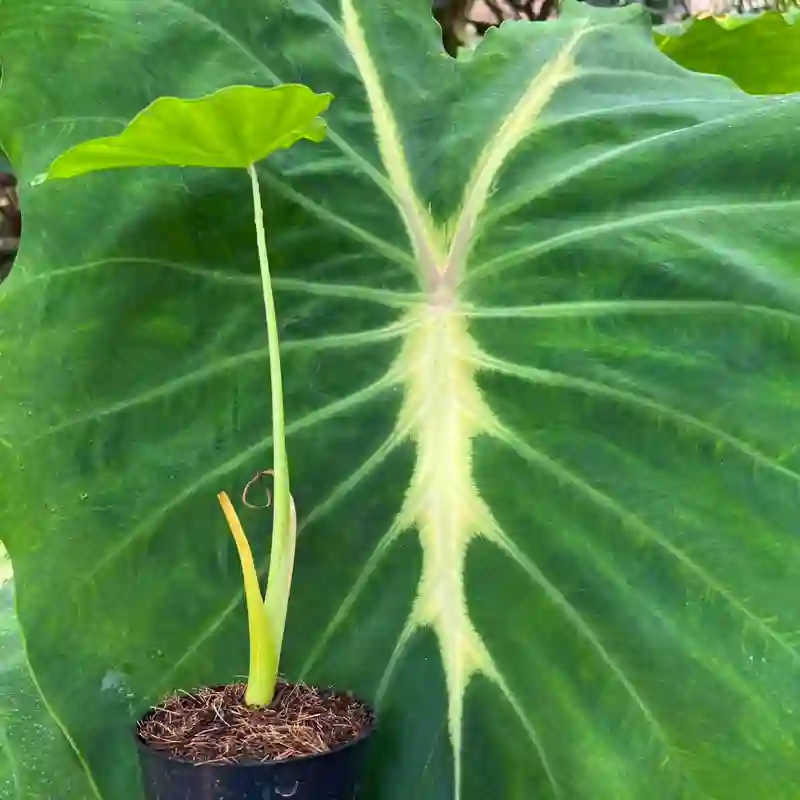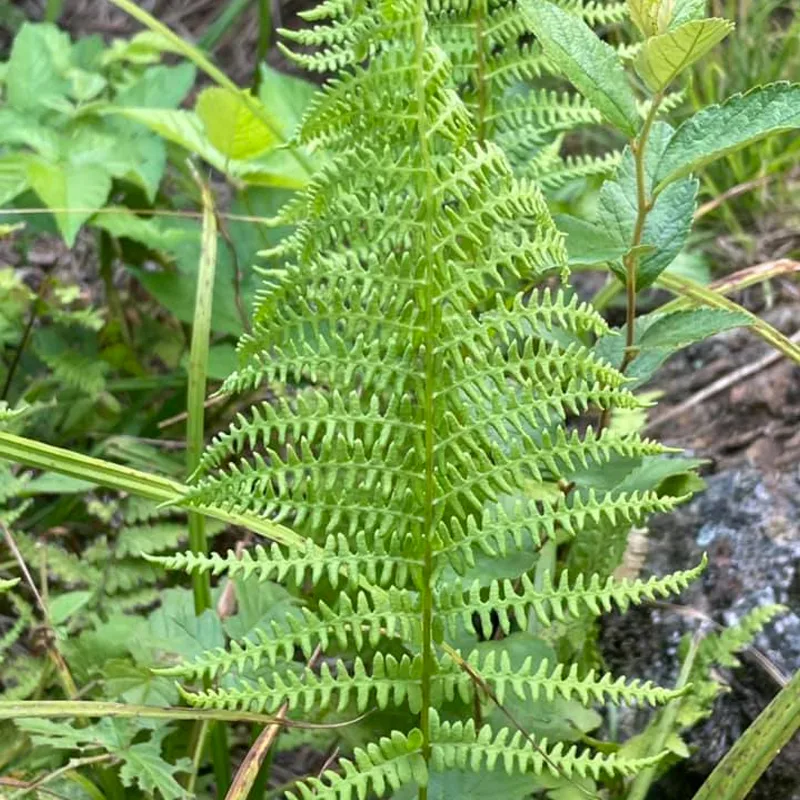Hosta Wolverine: A Gardener’s Guide by Ferb Vu
For years, I’ve been captivated by the elegance of hostas. Their lush foliage adds a touch of serenity to any garden, and the variety of colors, textures, and shapes keeps things interesting. Among my favorites is the Hosta Wolverine, a stunning perennial that offers both beauty and resilience.
In this guide, I’ll answer some of the most common questions about the Hosta Wolverine, providing you with the information you need to cultivate this fantastic plant in your own garden.
31 Species in Genus Hosta
What Makes the Hosta Wolverine Special?
The Hosta Wolverine boasts a unique appearance. It forms a medium-sized mound, reaching 16-18 inches tall at maturity. The real showstopper, though, is the foliage. Slender, lance-shaped leaves with a slight wave cascade down, their blue-green base adorned with an irregular, pale yellow margin. This vibrant contrast adds depth and character to any shady corner.
But the Wolverine isn’t just a pretty face. It’s known for its adaptability. Unlike some hostas that demand specific conditions, the Wolverine thrives in a range of environments.
Here’s a quick rundown of its strengths:
- Medium growth rate: You won’t have to constantly wrestle with overgrown plants.
- Shade tolerance: Prefers partial shade to full shade, making it ideal for areas that don’t receive direct sunlight.
- Moisture lover: Enjoys consistently moist soil, but with good drainage to prevent root rot.
- Adaptable to soil pH: Not fussy about soil acidity, tolerating slightly acidic to neutral conditions.
- Pest and disease resistance: Generally low maintenance, although occasional slug and deer issues might arise.
How to plant and care for Hosta Wolverine?
Adding a Hosta Wolverine to your garden is a breeze. Here’s what you need to know:
- Planting time: Spring or fall are the best seasons for planting hostas.
- Location: Choose a spot with dappled sunlight or morning sun only. Avoid harsh afternoon sun, which can scorch the leaves.
- Soil preparation: Amend the soil with organic matter like compost or aged manure to improve drainage and nutrient content. Aim for a slightly moist, well-drained soil.
- Planting depth: Dig a hole slightly deeper than the root ball and plant the hosta with the crown level with the soil surface.
- Watering: Water regularly, especially during hot weather, to maintain consistent moisture.
- Fertilizer: A balanced fertilizer applied once a year in early spring is sufficient.
- Dividing: You can divide mature hostas every 3-5 years to propagate new plants.
How big does a Hosta Wolverine get?
At maturity, a Hosta Wolverine will reach a height of 16-18 inches and a spread of up to 40 inches.
Does Hosta Wolverine like sun or shade?
Hosta Wolverine prefers partial shade to full shade. While some morning sun is tolerated, avoid planting it in areas with full afternoon sun exposure.
Is Hosta Wolverine deer resistant?
Deer may occasionally nibble on hostas, but the Wolverine’s thicker leaves offer some level of resistance. Planting deterrents or placing hostas near deer-repelling plants can offer additional protection.
What’s the difference between Hosta Wolverine and Hosta Francee?
Both Hosta Wolverine and Hosta Francee are stunning blue-green hostas with contrasting margins. However, there are some key differences:
- Size: Hosta Francee is generally larger, reaching heights of 24-30 inches compared to the Wolverine’s 16-18 inches.
- Margin color: Hosta Francee has a more pronounced and brighter yellow margin compared to the Wolverine’s pale yellow.
- Sun tolerance: Hosta Francee might tolerate slightly more sun than the Wolverine.
Can Hosta Wolverine be grown indoors?
While technically possible, growing Hosta Wolverine indoors isn’t ideal. They require cooler temperatures and consistent moisture, which can be challenging to maintain indoors.
Bringing the Beauty of Hosta Wolverine to Your Garden
The Hosta Wolverine is a fantastic addition to any shade garden. Its unique foliage, adaptability, and low-maintenance nature make it a favorite among gardeners. With a little care, this stunning perennial will grace your garden for years to come, adding a touch of elegance and serenity to your outdoor space.
If i die, water my plants!



